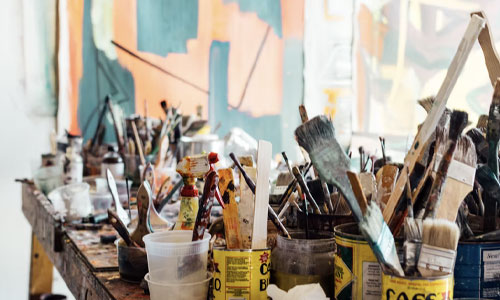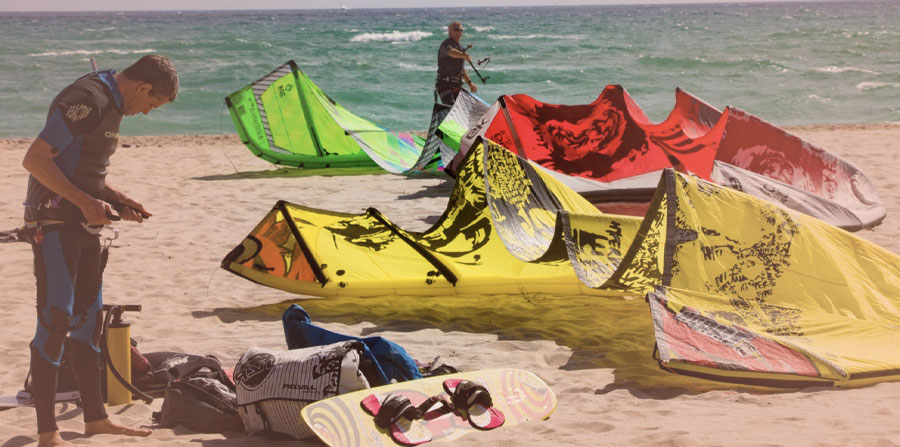Designing equipment for water sports is not a simple as it looks. It takes collaboration from a variety of specialists to ensure that the end product is safe, and the design inspires those who see it. Here are six professions, which participate in making equipment for the parasailing and parachuting industries.
Visionary

Before an engineer may draft a prototype design, the visionary or owner must have a clear concept. Manufacturing firms look at existing products on the market and research data on performance, safety, and sales. What does the customer need?
A visionary may interview current customers or parasailing professionals to find out which problems exist with current products on the market. Concept ideas are sometimes inspirations but usually include specific elements from extensive research and development. It takes money to design a watercraft and cutting-edge technology to complete it.
Artist

Once the concept is developed, the visionary will hire or contract an artist to bring the vision to life as art. The artist will draft the vision using state-of-the-art graphic design software, including every detail provided by the visionary owner or director.
As a part of the team, an artist will complete the design and offer suggestions at any stage during the design process.
Engineer
A sailing and design team may work with the engineer to define the problem the new design solves, assist with research, brainstorm, develop solutions, and help complete the prototype.
The artist’s design will help the entire team to envision the finished parasailing product, boat, or parachute. An engineer brings that new product design from the computer screen to reality by securing the necessary parts to produce a prototype of the design.
Painter

Completing the prototype is only part of the job. Consumers are attracted to how a new boat, parachute, or life jacket looks. Coloring is an important aspect of the new product’s market success.
Commercial painters do not show up with a bucket of paint and a brush. Specialized engineers oversee the painting process with high-tech equipment. These engineers ensure that the finish is pristine and free of imperfections.
Testing

The manufacturer puts the new product through a battery of tests to ensure its safety before moving to mass production. During the testing and evaluation phase, the manufacturer may use focus groups to obtain feedback on how consumers react to the new product design.
From functionality to ease of use, consumer feedback plays an important role in the product’s development. The design team may alter the design to address consumer concerns or safety issues after testing and evaluation.
Factory
Once the prototype is approved for production, the manufacturer uses its own employees or contracts a factory to mass-produce the product for sale. The product is either machine-made or put together by hand. In both instances, strict quality control standards ensure little to no deviation from the original design.

